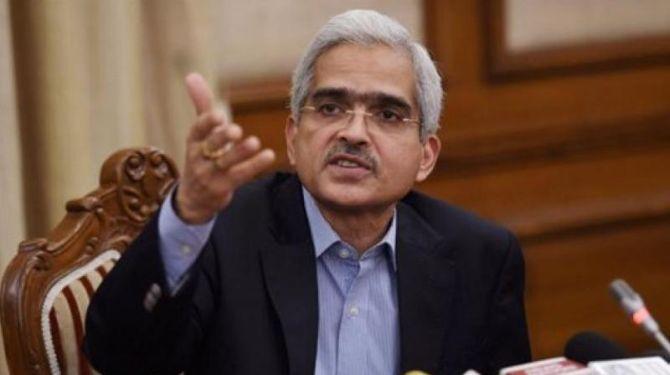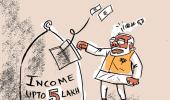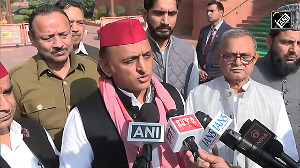With NEFT, which drives the retail payments value, operationalised on a 24x7x365 basis, the country's payment systems landscape is headed for substantial growth.

India continues to have a strong bias for cash payments but speed, convenience and competition are shaping the future of payments, according to a study of the Reserve Bank of India (RBI).
Demonetisation and active growth in the gross domestic product (GDP) brought down cash in circulation as a percentage of GDP to 8.7 per cent in 2016-17.
This increased to 10.7 per cent in 2017-18 and to 11.2 per cent in 2018-19 which, however, is less than the pre-demonetisation level of 12.1 per cent in 2015-16.
"The rate of increase is lower indicating a perceptible shift away from cash.
"Our endeavour is to make digital payments a divine experience to the users.
"Cash is king, but digital is divine," said the study titled 'Assessment of the Progress of Digitisation from Cash to Electronic.'
Innovation is making domestic payments increasingly convenient, instantaneous and ubiquitous.
More options are available to consumers and this is making it more convenient for them to use digital payments.
India has Immediate Payment Systems (IMPS) and Unified Payments Interface (UPI) as fast payments and the latter is driving the retail payments volume.
In addition, with NEFT, which drives the retail payments value, operationalised on a 24x7x365 basis (with half-hourly settlements), the country's payment systems landscape is headed for substantial growth.
"The value of digital payments to GDP increased from 660 per cent in 2014-15 to 862 per cent in 2018-19, making the shift to digital payments in India clearly perceptible," said the study.
However, a large population of the country historically lacked access to personal bank accounts and credit lines.
Digital payment methods have played a large role in helping them manage their personal finances leading to their being financially included.
The study said cash still rules but is increasingly seen as a way to store value as an economic asset rather than to make payments.
The notes in circulation (currency in circulation minus coins in circulation) increased at an average rate of 14 per cent between October 2014 and October 2016.
Assuming the same growth rate, notes in circulation (NIC) would have been Rs 26.04 lakh crore in October 2019.
NIC, however, was Rs 22.31 lakh crore, indicating that digitisation and reduction in cash usage helped reduce NIC by over Rs 3.5 lakh crore.
"Although cash is deeply embedded in the payment systems in India, planned efforts post-demonetisation have shown a marked shift from cash to digital payments," said the study.
Photograph: PTI Photo










